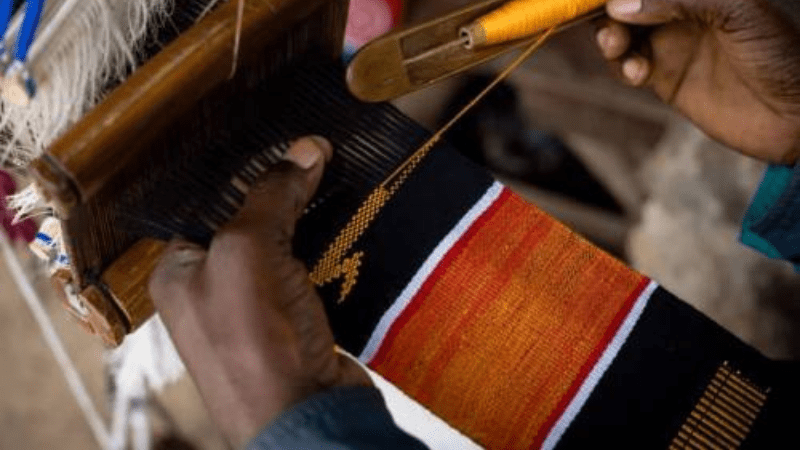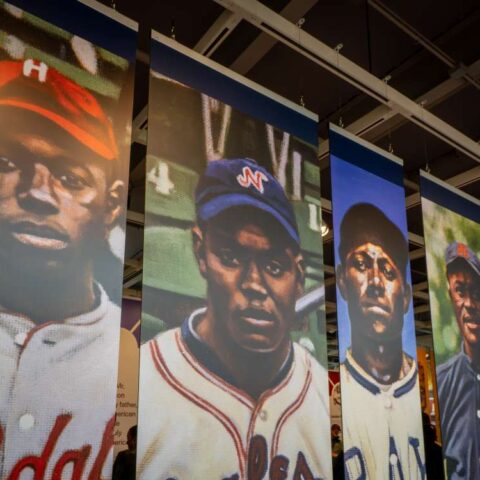Ghana’s most recognizable textile, the handwoven Kente cloth, has officially been granted Geographical Indication (GI) status.
This marks a historic milestone as the nation’s first product to receive this recognition.
This designation means that authentic Kente, renowned worldwide for its vibrant colors and symbolic patterns, is now formally protected under Ghanaian and international intellectual property laws.
Only cloths produced according to traditional methods and within designated regions — including the famed weaving centers of Bonwire, Agotime Kpetoe, and Sakora Wonoo — may be marketed and sold as “Kente.”
A Symbol of Identity and Prestige
For centuries, Kente has been more than a fabric — it has served as a powerful symbol of identity and cultural pride.
Each pattern carries meaning, representing proverbs, historical events, and social values.
Once reserved for royalty and ceremonial occasions, Kente has evolved into a global fashion statement embraced by designers, dignitaries, and members of the African diaspora alike.
In 2024, UNESCO recognized Kente weaving as part of humanity’s Intangible Cultural Heritage, further cementing its status as one of the world’s most significant and enduring textile traditions.
What the GI Status Means
The GI status, announced in September 2025, was conferred by Ghana’s Registrar General’s Department in partnership with the World Intellectual Property Organization (WIPO).
It ensures that authentic Kente is recognized and protected from imitation — a critical step in preserving both the artistry and the economic value of this heritage craft.
With this certification, only weavers who adhere to specific standards of quality, technique, and origin can label their textiles as genuine Kente.
This move positions Ghanaian artisans to benefit more directly from the growing global demand for African-inspired fashion.
Protecting Heritage, Empowering Artisans
The GI recognition is expected to boost tourism, exports, and local economies tied to textile production.
For artisans, it means better income protection and global visibility.
For consumers, it offers assurance that their purchase represents the true legacy of Ghanaian craftsmanship.
As the world embraces African design with renewed enthusiasm, Ghana’s move to protect Kente sets a precedent.
It’s a reminder that cultural preservation and creative innovation can — and must — go hand in hand.
Kente’s patterns may vary, but their meaning remains constant: unity, strength, and pride. And now, the world has one more reason to celebrate this enduring symbol of Ghanaian identity.






















